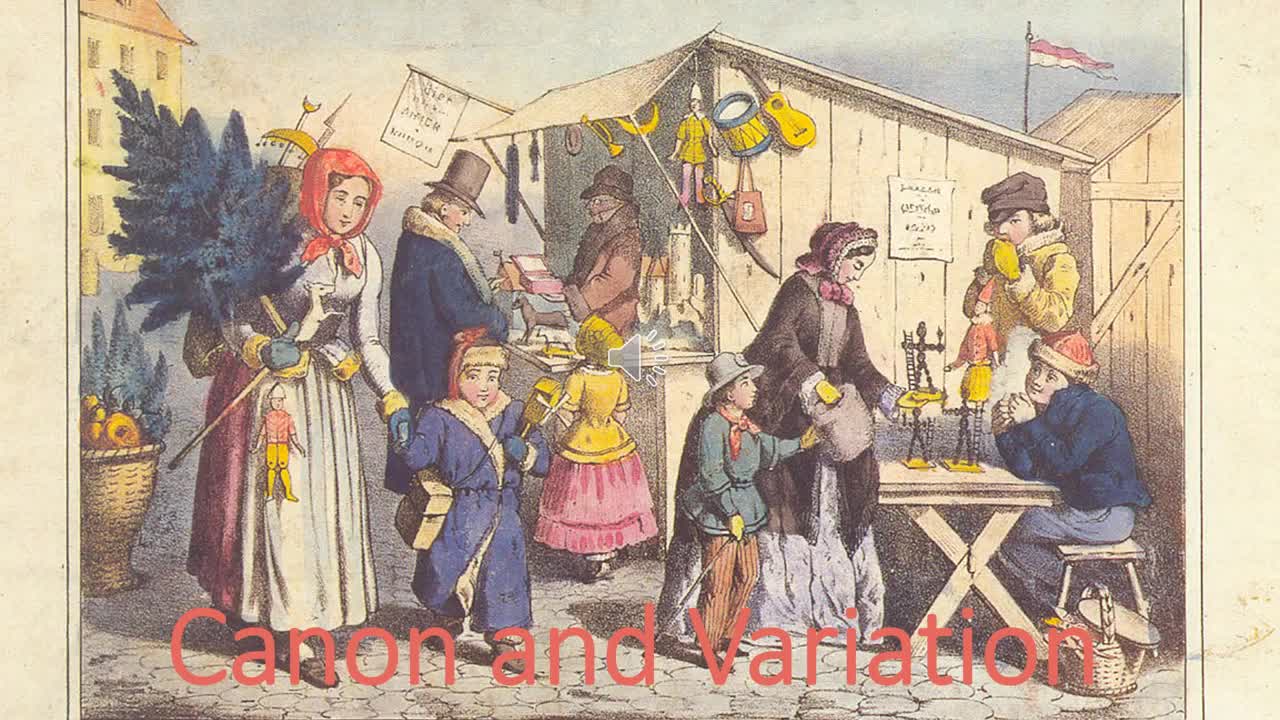
In music, a canon is a contrapuntal compositional technique or texture that employs a melody with one or more imitations of the melody played after a given duration (e.g., quarter rest, one measure, etc.). The initial melody is called the leader (or dux), while the imitative melody, which is played in a different voice, is called the follower (or comes). The follower must imitate the leader, either as an exact replication of its rhythms and intervals or some transformation thereof (see "Types of canon", below). Repeating canons in which all voices are musically identical are called rounds—"Row, Row, Row Your Boat" and "Frère Jacques" being widely known examples. An example of a classical strict canon is the Minuet of Haydn's String Quartet in D Minor, Op. 76, No. 2 (White 1976, 66).


















